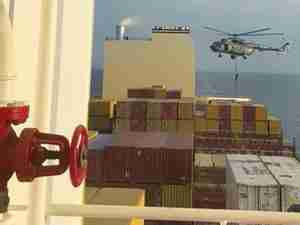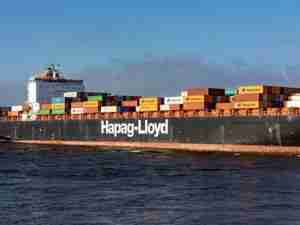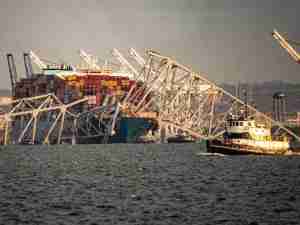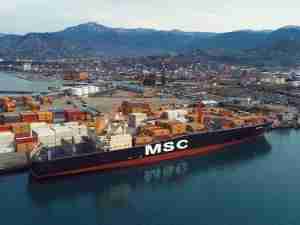The United Nations shipping agency seeks to cut sulphur emissions in shipping by 80 percent in the next 10 years.
The International Maritime Organization (IMO) has passed regulations to cut sulphur in marine fuel to 0.5 percent by 2020 from the current 2.7 percent, a deadline many in the industry believes is unrealistic.
The IMO will conduct a study by 2018 to determine the availability of bunker fuel that comply with the new fuel oil standards. If the study finds that it is not possible for ships to comply, the deadline could be pushed back to 2025.
Following are the possible scenarios that would allow the shipping industry to meet IMO's anti-pollution standards:
Refiners Step up to the Plate
Global refiners upgrade their facilities to churn out enough distillates to meet the demands of an expanding global fleet of more than 50,000 merchant vessels.
This scenario is the most unlikely because major refinery changes can take more than a decade and billions of dollars in investment, making a 2020 deadline unrealistic.
Distillates are a more expensive and more popular product than the residual fuel oil most commonly used by ships now. Gas oil futures, for example, currently trades at a $25 premium to HSFO.
Shippers would need to compete with other industries, like automotive, aviation and power stations, causing distillate prices to skyrocket if refiners fail to meet the new demand.
The IMO estimates the industry would need to spend nearly $150 billion in new refining capacity. Only a few companies have earmarked funds to make the necessary upgrades.
Another option is for refiners to produce a lower-sulphur version of high-sulphur residual fuel oil through a process known as desulphurization, but industry players say there is no economic incentive for the refining industry to do so.
New Technology
A potential cure-all exists in the form of exhaust abatement technology, also known as scrubbers.
Manufacturers say the onboard system removes sulphur emissions from marine fuel, effectively allowing heavy sulphur fuel to be used while satisfying the upcoming curbs.
The price of installing a scrubber on a newly built medium-sized dry bulk carrier was estimated at about $2 million, according to Canada-based Marine Exhaust Solutions.
"The huge advantage of scrubbing is that you burn the fuel of your choice and still maintain compliance," said Peter Toombs, chief executive of Marine Exhaust Solutions.
But this scenario was also unlikely because the technology was still being tested and the costs were prohibitively high for retrofitting an old vessel, industry officials said.
"Scrubbers complain that the shipping industry hasn't embraced it enough, while shippers say they won't embrace the new technology until it is tested and proven," said Eivind Vagslid, head of IMO's chemical and air pollution section.
Combination of Everything
The IMO hopes the maritime industry will be able to meet the 2020 deadline through a combination of low sulphur fuel and scrubber technology.
New vessels being fitted with scrubbers, while older ships turn to the distillate market for their supplies is a likely possibility if refiners are able to sufficiently increase output.
The most likely scenario, however, is that an IMO study concludes that ships will be unable to comply with the 2020 deadline and postpones the regulations for at least another five years. (Reuters)









